First! Redfin quoted me in an article about sewing room organization!
Other Artists
Ellen Harding Baker made a quilt to illustrate her astronomy lectures in the 1800s. An article was recently published about this quilt.
Exhibits & Events
The Dear Jane quilt, officially called the 1863 Jane Stickle Quilt, is on display at the Bennington Museum in Vermont August 31 through October 14, 2019 in the Textile Gallery. Regular admission gets you a viewing. Let me know if you are able to go. You can find the information on their blog.
Local Sew Sweetness meetups are coming:
- ALABAMA – August 24th at 9am-4pm. Location: The Sewing Machine Mart in Homewood, AL. Contact: Sheila Johnson, sheilakj99@msn.com
- CALIFORNIA – August 31st at 11am-3pm. Location: Cotton Patch Quilt Shop, Lafayette, CA. Small fee to sew. Contact: Lisa Lien, l_lien@att.net
- CALIFORNIA – August 31st at 11am-3pm. Location: Elk Grove Sewing and Vacuum Center in Elk Grove, CA. Call 916-714-0904 or go to the website to reserve a spot for the Sew Sweetness class. Contact: Lisa Lien, l_lien@att.net
- DENMARK – August 31st from 10am-4:30pm. Location: Kvinsbjerg, Dalmose. Contact: Inge Hansen, ingeh64@gmail.com
- MINNESOTA – September 28th at 9am-6pm. Location: Pearl & Myrtle’s Retreat Center in Anoka, MN. $11 fee to use the sewing space for the day. Contact: Amanda Badger, amandasoule1983@gmail.com
The Asheville Quilt Guild is having a show September 27-29. Check the website for times.
Doing Good
If you want to help AQSG raise money for their projects, send repro fabrics to them for their fundraiser.
Media
The Quilt Alliance blog has a story about connecting the community with quilts.
Fabric, Supplies, Tools & Notions
Have you seen the new state panels from Whistler Studios for Windham? The California panel is really cool! I saw them at Hawthorne Supply and my ideas are racing for another shirt for DH.
I think I will go on a bagmaking binge after finishing Flying Around. In preparation, I watched a Sara Lawson/Sew Sweetness video on applying Odicoat to make fabric water resistant. Sara talks about making bags, such as lunch bags or cosmetic bags wipe clean using Odicoat. As mentioned, I often use the iron-on vinyl to help protect the bottom of my bags. This is not ideal since the bottom of the bags needs to be completely enclosed by stitching to avoid peeling. The iron on vinyl that I have used has never peeled, but I don’t want to risk it. I think the Odicoat might work better since you paint it on the fabric, so you can put it where you want. The video doesn’t talk about sewing it (does the needle stick?), though it looks like it wouldn’t be a problem.
If you want to know what Pellon Products are used for or see a description, I found a chart. Sara of Sew Sweetness has a blog post that discusses how to use various products (smaller list, but what she uses for her bag patterns) and some of their qualities. I am searching for a massive chart that compares different interfacings from different manufacturers. Other articles about interfacing are:
- Sew4Home: detailed information and history of interfacing with a printable chart
- SewMamaSew: article on a variety of non-Pellon interfacings with lots of photos and links to patterns. No real chart.
- SewMamaSew/Amy Butler: interfacing guide
- Pellon: a variety of printable information sheets on interfacing in chart form. Limited to Pellon products
I use vinyl on some of my bags. It is a little boring, so when I saw that Glitter Vinyl was available, I put it on my list to buy. You have to buy half a yard, which is a lot if you are just making a small pouch, though I could make another bag out of it.
Projects, Patterns & Tutorials
By the time you read this, there are probably a few other blocks posted for the Daredevils Block-a-Long. As I write this, the second block, Bessie’s Sunburst, the third block, Hazel’s Star, & the fourth block, Helene’s Star have been posted. I really like Helene’s Star!
PolkaDotChair has a list of “5 Foundation Paper Piecing Tips Perfect for Beginning Quilters.” You’ll have to tell me if they are helpful as I don’t like foundation piecing and probably won’t try them out.
MellySews has a tutorial for the zipper pouch we used for the recent Community Quilt Sew Day. There are tons of tutorials on the site. You’ll spent hours there. 😉
I was trolling hashtags on Instagram for new bags. Not that I need more bags, but you know. I can’t stay away. Anyway, I found a portfolio that is very interesting and would be great for someone getting a new job or being appointed to a committee. I don’t know if it would fit a composition book, but this would be an even greater pattern.
Sew Sweetness has a pattern and video bundle on sale until Sept.2. Yes, I bought it, but I haven’t made anything yet, but will. I was tempted by the Minikins Season 2 collection, because I like that Day Trip Cell Phone wallet. I held off, though.
Want to choose from a number of free tutorials to make wonderful small gifts? Take a look at the Sew Hungry Hippie Free Tutorials page. The page also includes a 1 hour basket tutorial made from vinyl.
Sara also has a free pouch pattern called the Persimmon Pouch available with a video! This looks similar to the Crafty Gemini pouch that Angela made for me. I am sure they are very different. The blog post has a link to download the pattern, an embedded video tutorial and a supply list. The pattern includes 3 sizes. She doesn’t, however, show the inside.
Need to know how to sew vinyl? Check out the guide from Sew Hungry Hippie.
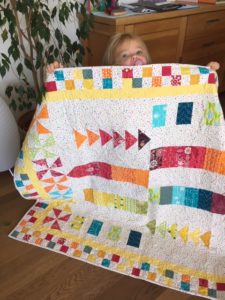


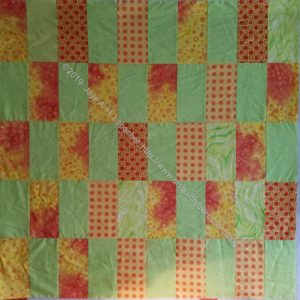
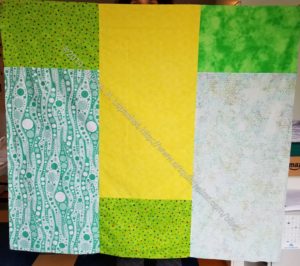
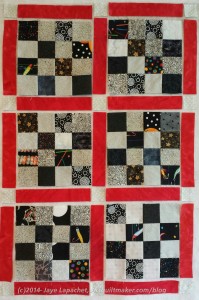
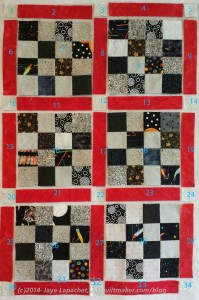
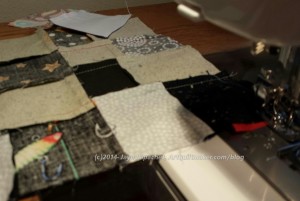
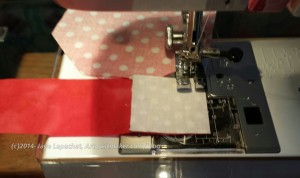
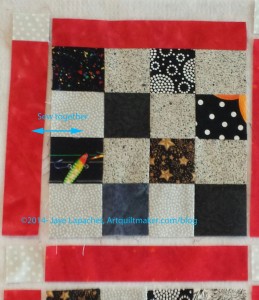
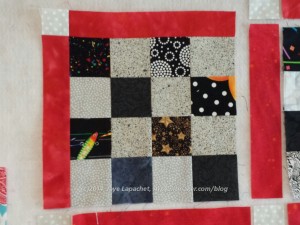
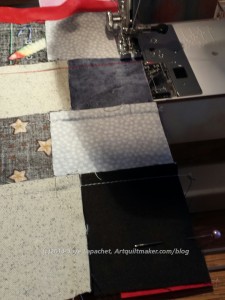
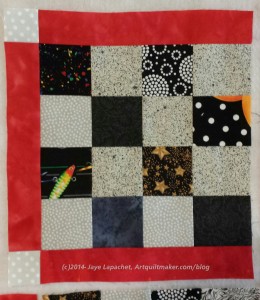
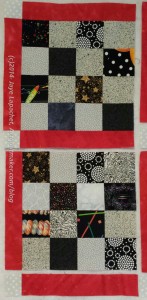
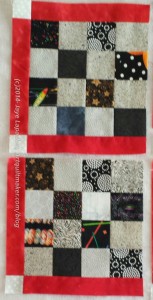

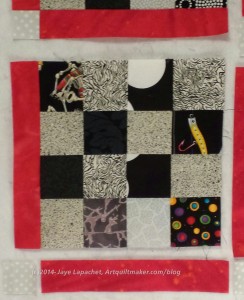
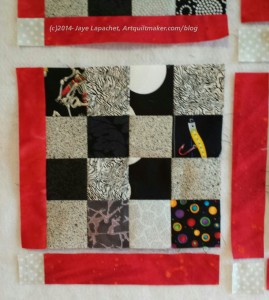
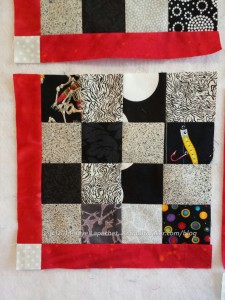
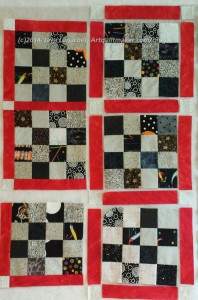
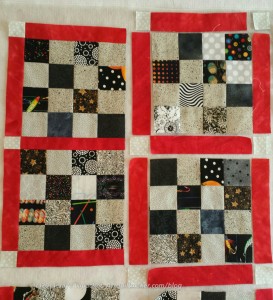
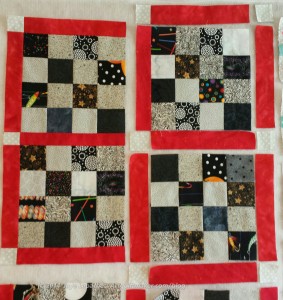
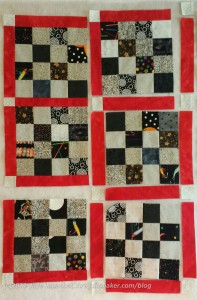
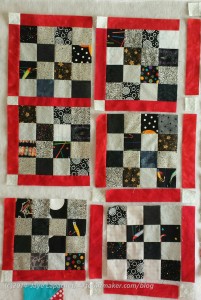
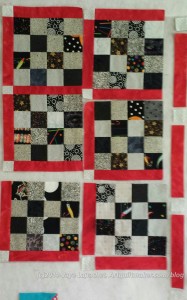
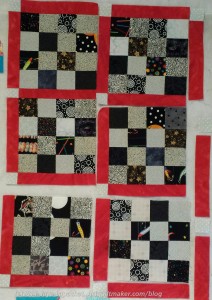
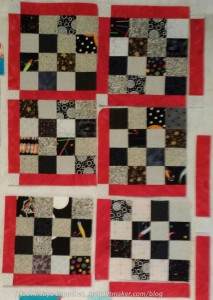
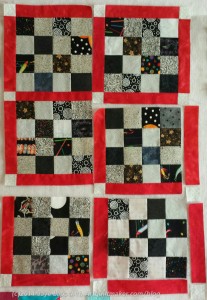
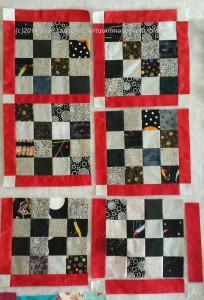
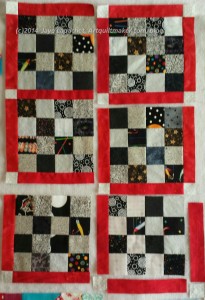
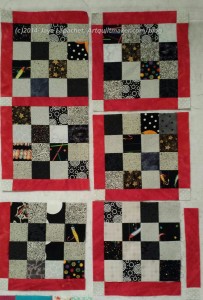
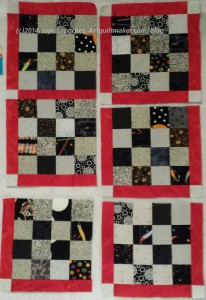
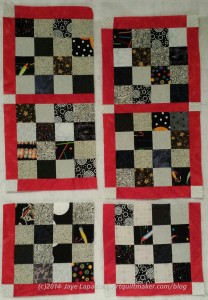
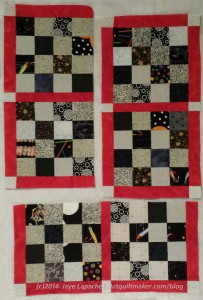
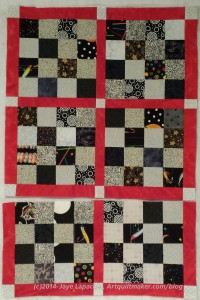
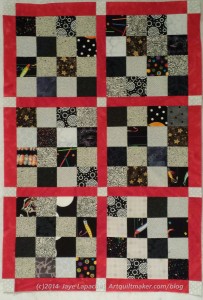


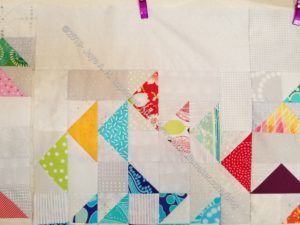

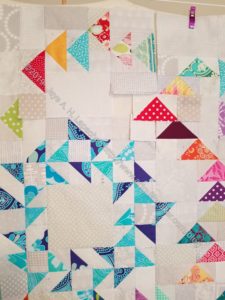



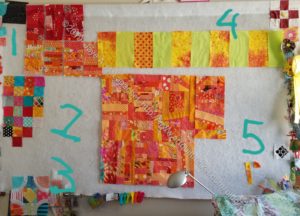

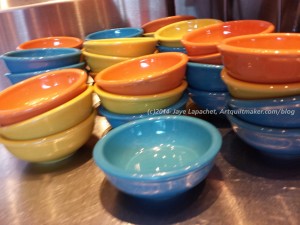
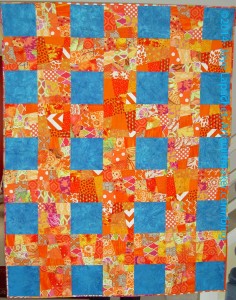
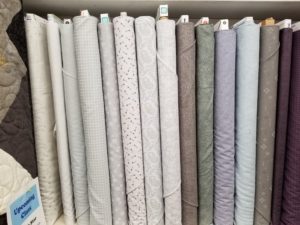
Reader Colleen was kind enough to leave a comment about her experience with quiltmaking Go bags. She wrote, which reminded of more detail I should have included: “I do have a go bag. It’s one of those big, flat bags they sold about 10 years ago that holds an 18×24 cutting mat and a 6×24 ruler, plus lots of pockets and sections for smaller tools and a project.
I don’t actually like it for carrying projects. I got plastic lidded totes that are about twice the size of a shoebox, that seem to work well.
While I do have some duplicate tools, I have created a list of what I need to take, so I can grab the items quickly when packing up. I just joined my quilting group last year, so I also wrote down everyone’s name and a brief description, so I could refresh my memory before going the first couple times.”
A go bag like the black one I showed doesn’t include everything I need to sew at Sew Day, on retreat or in a class. This bag includes basic supplies. I also have a flat bag like Reader Colleen describes. I probably wouldn’t have made myself a bag like this, but I got it in a swap. I find that it is very useful. It keeps a large rotary mat flat, a few rulers and a flattish, portable ironing board ready to go on a moment’s notice. I don’t always take this bag, but I have it available if I need it.
The point, however, is that I can’t just grab the black bag and go. I need to pack. The black bag does not include projects or fabric, specialty supplies or a sewing machine.
As Reader Colleen says I also put some of my active projects into ArtBin project boxes. I just started this practice in the last year. I also use larger bins (larger projects, quilting) from the Container Store. As I said in that post from last year, I like the fact that they are stackable and I can keep all the stuff for one project (or a group of projects like the Crafty Gemini Organizer Club bag supplies) together. This helps A LOT with Grab & Go.
Whatever is leftover and loose, I toss into a Chubby Charmer. Sometimes, these items end up in the project box/bin later; sometimes not. On a good day, I have 4-5 bags and boxes with me plus a sewing machine sometimes. This is a lot of stuff, but it is much more organized than having to cannibalize the supplies from my workroom, hunt through fabric for a project and find notions. I like to be organized in this way, because it gets me sewing or working on my project faster.